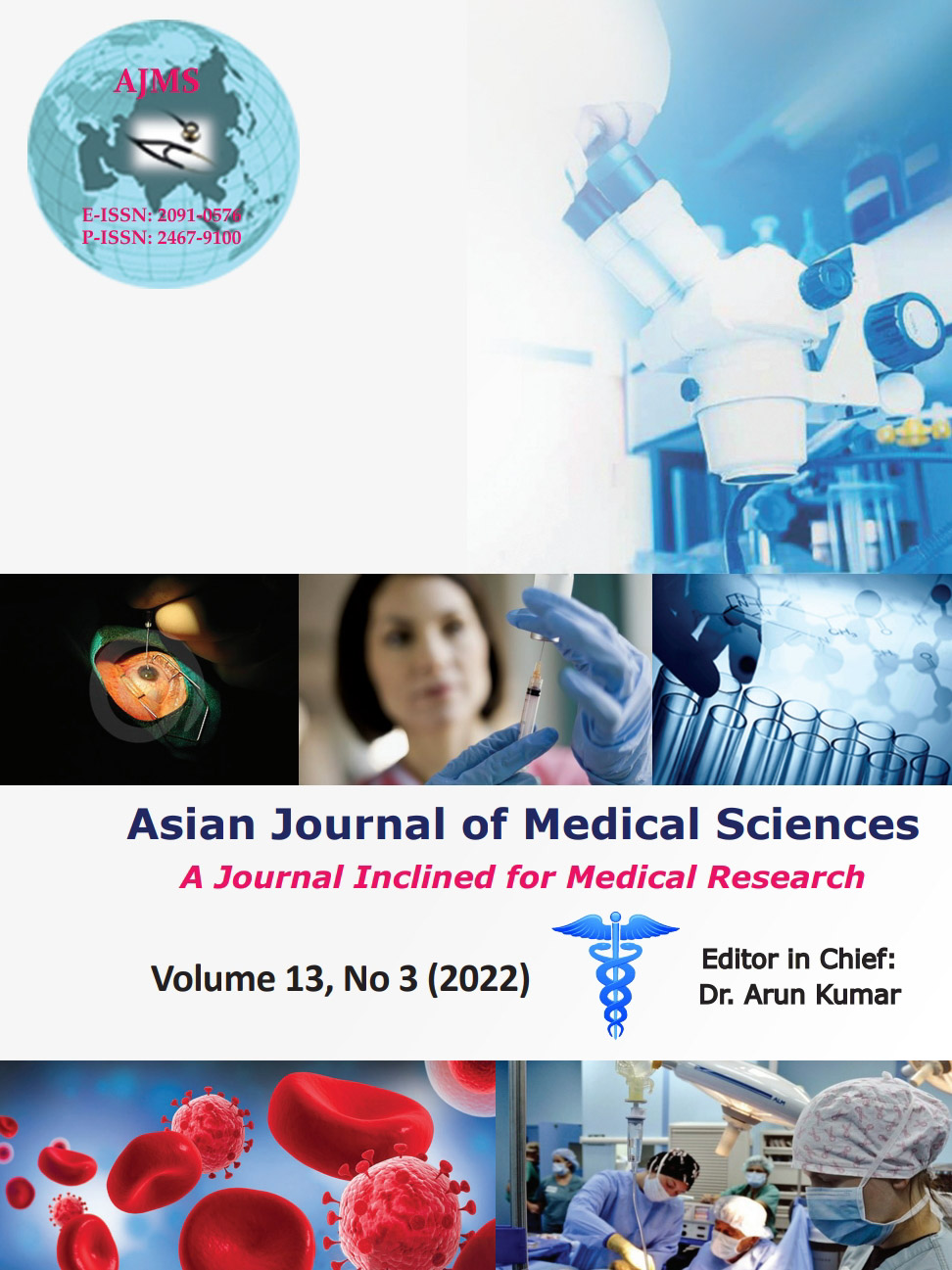Efficacy and safety of phenytoin versus clobazam as monotherapy for newly diagnosed epileptic patients
Keywords:
Epilepsy, Phenytoin, Clobazam, MonotherapyAbstract
Background: Epilepsy is a chronic disorder characterized not only by recurrent seizures but also by a great variety of medical and psychosocial implications. Its burden to the patients and their families has been recognized and even the impact upon the community is vast.
Aims and Objectives: The aim of the study was to compare the efficacy and safety of phenytoin and clobazam in monotherapy for the management of new onset, untreated epileptic patients.
Materials and Methods: A 6 months, observational, comparative study was conducted on 60 adult patients with epilepsy. The eligible patients were given either phenytoin sodium (Group A; n=30) in a loading dose of 15 mg/kg orally, followed by 5 mg/kg/day maintenance dose for 6 months while Group-B (n=30) received clobazam in a dose of 1 mg/kg oral loading dose followed by 0.5 mg/kg/day. Seizure frequency was evaluated and compared with baseline at 1, 2, 3, 4.5, 6 months along with adverse drug reaction assessment.
Results: In Group A mean pre-treatment baseline seizure frequency was 6.3±2.19 and for Group B 5.80±2.22. After 6 months, seizure frequency for Group A 2.30±1.99 and in Group B 1.30±1.91. In Group B, there was a significantly higher reduction in seizure frequency (P=0.001) than that of Group A. Both the drug groups significantly reduced the seizure frequency but Group B was found to be superior. Adverse drug reaction was more in Group A in comparison with Group B. The common side effects were drowsiness, weight gain, headache, tiredness, nausea and ataxia.
Conclusion: Clobazam monotherapy had demonstrated better efficacy than phenytoin for the treatment of epilepsy and also well tolerated.
Downloads
Downloads
Published
How to Cite
Issue
Section
License
Copyright (c) 2022 Asian Journal of Medical Sciences

This work is licensed under a Creative Commons Attribution-NonCommercial 4.0 International License.
Authors who publish with this journal agree to the following terms:
- The journal holds copyright and publishes the work under a Creative Commons CC-BY-NC license that permits use, distribution and reprduction in any medium, provided the original work is properly cited and is not used for commercial purposes. The journal should be recognised as the original publisher of this work.
- Authors are able to enter into separate, additional contractual arrangements for the non-exclusive distribution of the journal's published version of the work (e.g., post it to an institutional repository or publish it in a book), with an acknowledgement of its initial publication in this journal.
- Authors are permitted and encouraged to post their work online (e.g., in institutional repositories or on their website) prior to and during the submission process, as it can lead to productive exchanges, as well as earlier and greater citation of published work (See The Effect of Open Access).




